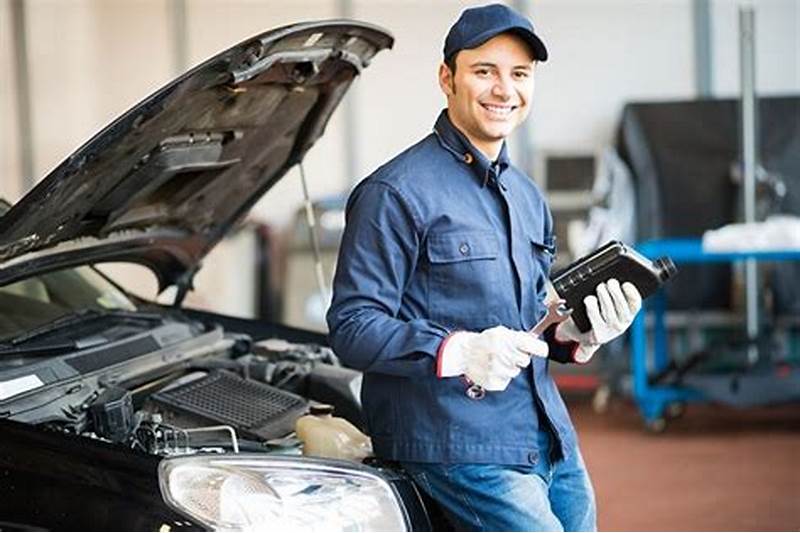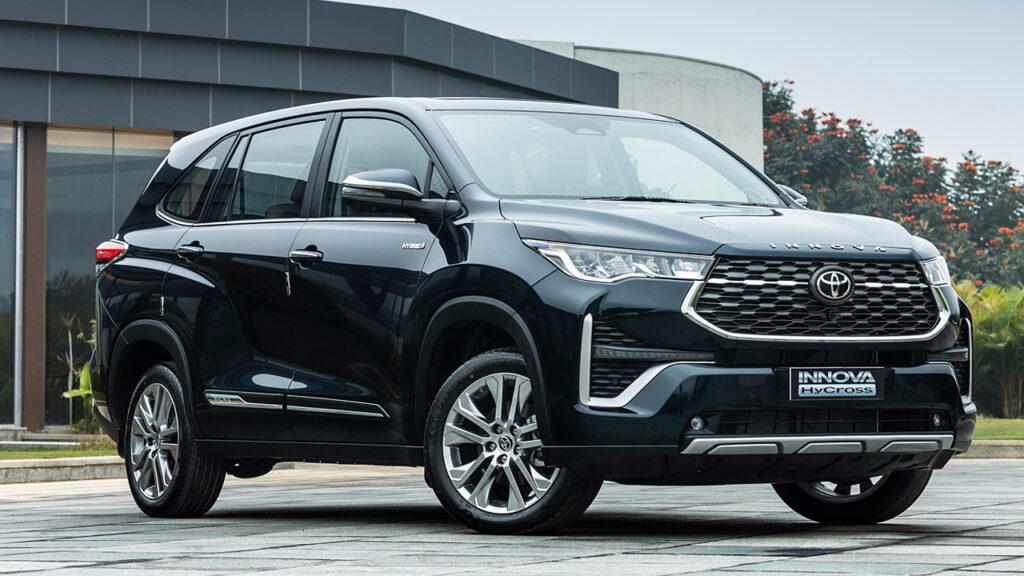When you purchase a used Toyota, one of the key concerns as an owner is how to maintain its longevity. Toyota vehicles are known for their reliability and durability, but like any car, they require regular maintenance to keep them running smoothly. By following a few simple tips, you can significantly extend the lifespan of your used Toyota. From routine oil changes to checking the cooling system, each of these essential tasks helps maintain performance and avoid costly repairs in the future. This article provides you with the best practices to ensure your used Toyota stays reliable for many more years.
Why Regular Maintenance Matters for Your Used Toyota
Toyota vehicles are designed to last a long time, but proper care and maintenance are crucial to maintaining their reliability. Regular maintenance allows you to catch small issues early, preventing them from becoming major repairs. It helps improve fuel efficiency, ensures optimal engine performance, and extends the lifespan of critical car components. Regular checkups are especially important for used Toyotas, as they may have some wear and tear. Whether you’re driving a Toyota Camry, Corolla, or Highlander, these maintenance tips will keep your car running at its best.

1. Change the Oil and Filter Regularly
One of the most essential maintenance tasks for any vehicle, particularly a used Toyota, is regular oil changes. Oil lubricates the engine’s moving parts, reducing friction and preventing overheating. Over time, engine oil breaks down and loses its effectiveness, which can result in engine damage. The recommended oil change interval for most Toyotas is between 5,000 and 7,500 miles, but this can vary depending on the model and driving conditions.
In addition to changing the oil, make sure to replace the oil filter at the same time. A clogged filter can reduce oil flow to the engine, causing it to overheat and wear out more quickly. Always use the recommended type of oil for your specific Toyota model to ensure the engine stays in top condition.
2. Inspect and Replace the Air Filter
The air filter in your Toyota keeps dust, debris, and dirt from entering the engine, which is vital for maintaining engine efficiency. A clogged air filter can reduce fuel efficiency, engine power, and overall performance. It’s recommended to inspect the air filter every 12,000 miles, or sooner if you drive in dusty conditions.
Replacing the air filter is usually a simple and cost-effective job that can be done in a short amount of time. A clean air filter not only improves engine performance but also reduces harmful emissions, making your Toyota more environmentally friendly.
3. Maintain the Cooling System
Your Toyota’s cooling system is designed to regulate the engine temperature by circulating coolant throughout the engine and radiator. Over time, coolant degrades, and hoses or belts can wear out. To prevent overheating and costly engine repairs, it’s crucial to maintain the cooling system.
Regularly check the coolant levels, especially before long trips, and top it off if necessary. The coolant should be flushed and replaced every 30,000 to 50,000 miles, depending on the manufacturer’s recommendations. Inspect hoses and belts for any signs of damage and replace them when needed to prevent overheating, which can cause severe damage to the engine.
4. Check and Replace the Brake Pads
Brakes are an essential safety component of your Toyota. Over time, brake pads wear down due to constant friction, and when they become too thin, they can cause damage to the brake rotors, leading to costly repairs. To ensure your safety on the road, it’s important to inspect the brake pads regularly.
Brake pads should be checked every 12,000 to 15,000 miles. If you hear squeaking or grinding noises, or if you notice reduced braking performance, it’s time to replace the pads. Don’t delay replacing worn-out brake pads to avoid further damage to your braking system.
5. Keep the Tires in Good Condition
Your tires are the only part of your Toyota in direct contact with the road, making them critical for both safety and performance. Maintaining proper tire pressure, rotating the tires regularly, and replacing them when necessary will help ensure your car operates at its best.
Check tire pressure regularly to avoid uneven tire wear and improve fuel efficiency. Tires should be rotated every 6,000 to 8,000 miles for even wear. Also, inspect the tires for damage, such as cracks, bulges, or punctures, and replace them immediately. Regularly check the tread depth, as tires with insufficient tread can reduce traction, especially in wet conditions.
6. Keep the Transmission Fluid in Check
Transmission fluid plays a critical role in ensuring smooth gear shifts in your Toyota’s transmission system. Low fluid levels or old, dirty fluid can cause the transmission to overheat, slip, or even fail. Checking and maintaining the transmission fluid is an essential task for any used Toyota owner.
Check the transmission fluid levels every 30,000 to 60,000 miles, depending on the manufacturer’s recommendations. If the fluid appears dirty or smells burnt, it may be time for a fluid flush and replacement. Ensure you’re using the correct fluid type for your Toyota’s specific model and transmission.
7. Perform Regular Battery Checks
A healthy battery is essential for starting your Toyota and powering electrical components. A worn-out or old battery can leave you stranded unexpectedly. Check your battery’s condition regularly, especially in used vehicles that may have an older battery.

Inspect the battery terminals for corrosion or buildup, which can prevent the battery from charging properly. If you find any corrosion, clean the terminals using a mixture of baking soda and water. If your battery is more than three years old, have it tested regularly to ensure it’s still in good condition. If it shows signs of deterioration, replace it to avoid unexpected breakdowns.
8. Pay Attention to Suspension and Steering Components
The suspension system in your Toyota ensures a smooth and comfortable ride, while the steering components allow for easy handling. Over time, suspension parts such as shocks, struts, and bushings can wear out, leading to a rough ride and compromised vehicle handling.
If you notice excessive bouncing, difficulty steering, or unusual tire wear, have your suspension system checked. Replacing worn-out suspension components can improve driving comfort, prevent further damage, and maintain the stability of your steering system.
9. Keep the Exterior and Interior Clean
While regular maintenance often focuses on mechanical aspects, keeping your Toyota’s exterior and interior clean is equally important for its longevity. Regularly washing the exterior helps remove dirt, salt, and grime that could lead to rust or paint damage. Waxing your Toyota every few months can help protect the paint from harsh elements.
For the interior, vacuum the upholstery and wipe down the dashboard regularly to prevent dust buildup. Keeping your car clean helps preserve its condition and resale value in the long run.
10. Follow Toyota’s Recommended Maintenance Schedule
Every Toyota vehicle comes with a recommended maintenance schedule that outlines the necessary service intervals for different systems and components. Following this schedule is one of the best ways to ensure your used Toyota continues running smoothly and efficiently for years to come.
Consult your owner’s manual or visit a Toyota service center for the recommended maintenance intervals for your specific model. Regularly scheduled maintenance helps identify potential issues early and prevents expensive repairs in the future.
Conclusion
Maintaining a used Toyota doesn’t require complicated steps, but following these essential maintenance tips will help you keep your vehicle running like new for years. Regular oil changes, brake inspections, tire rotations, and cooling system maintenance are just a few of the critical tasks to prolong your Toyota’s life. Always consult your owner’s manual for the best practices and service intervals for your specific model. By taking good care of your used Toyota, you’ll ensure it continues to deliver reliable performance, safety, and value.

Leave a Reply